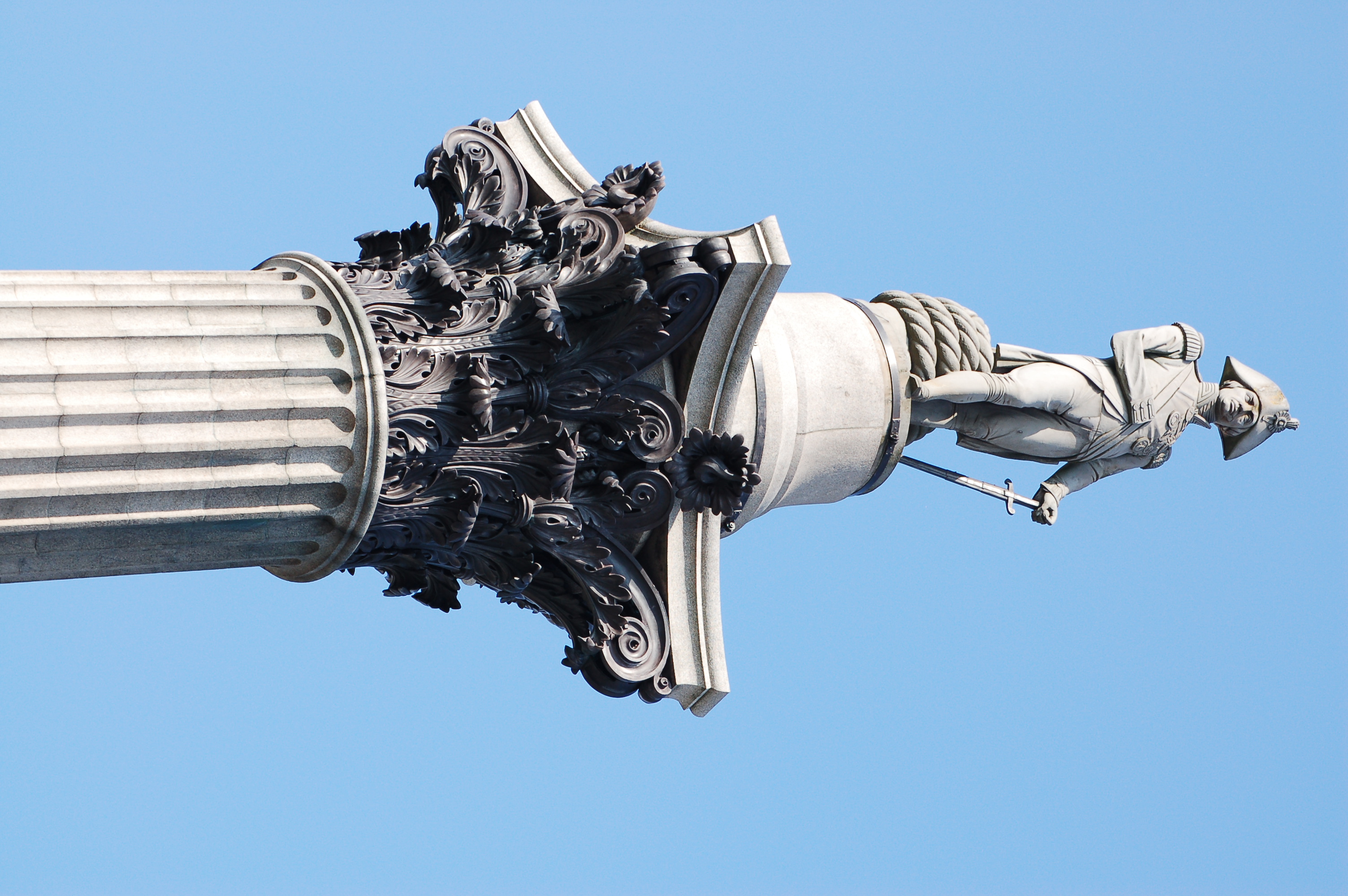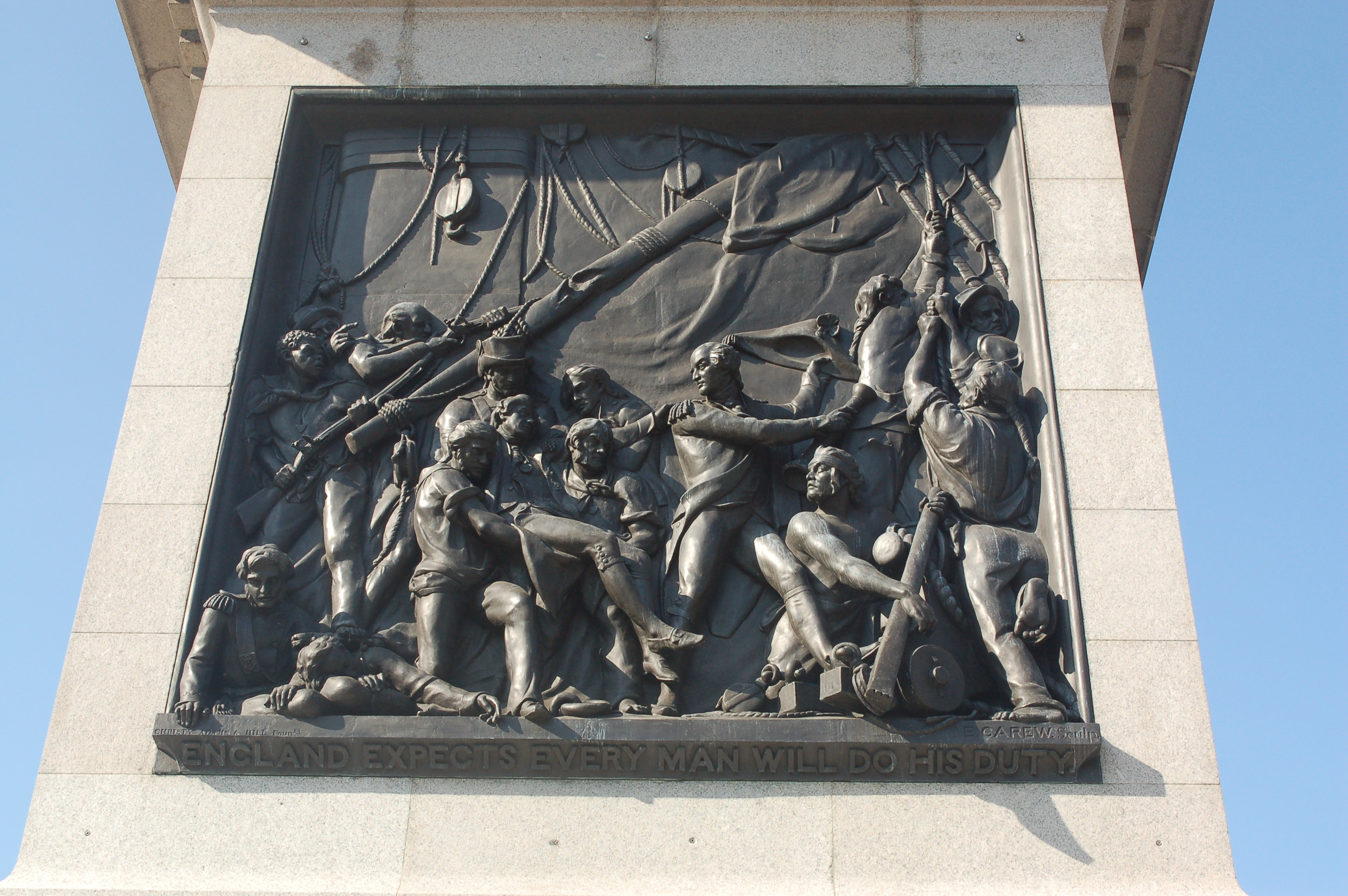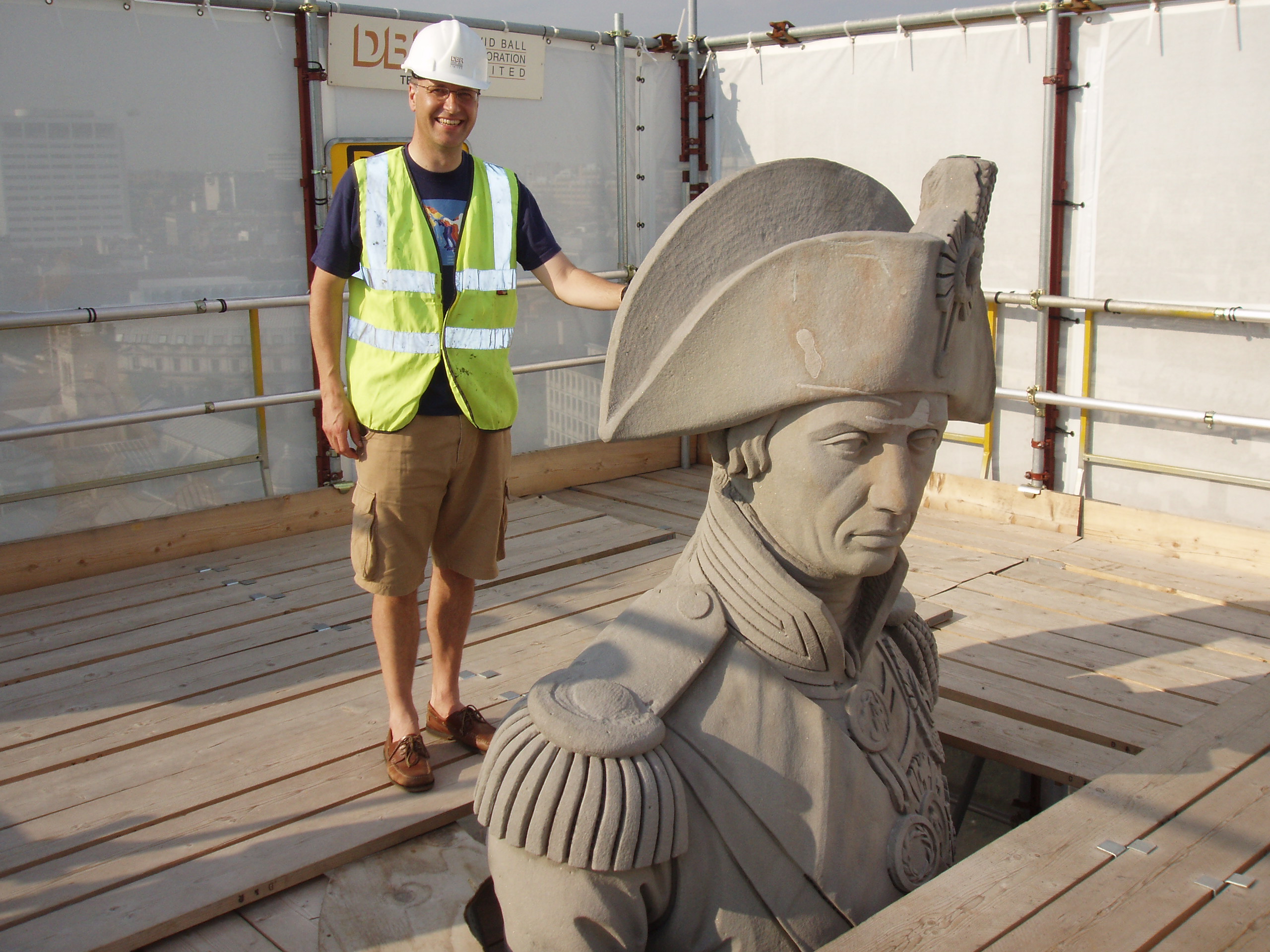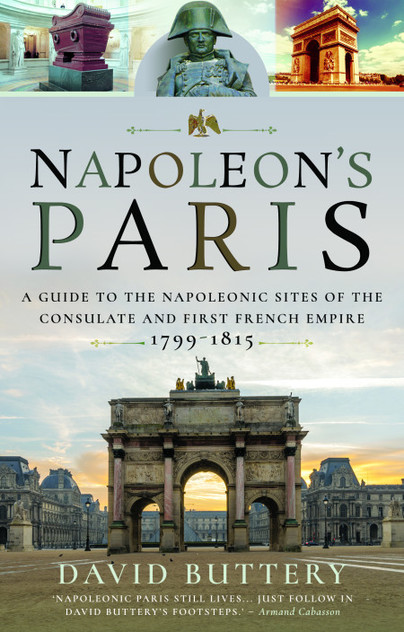Author Guest Post: David Buttery
MONUMENTAL SUCCESS

I was delighted to be interviewed by James Moore for his Daily Express article that appeared on Saturday 4 November 2023 celebrating the 180th anniversary of the construction of Nelson’s Column, along with other historians who have studied this monument (read the article here). It is one of the most famous monuments in the world and hardly anyone other than monarchs or emperors has received such a grand tribute to their memory. Considering that Admiral Lord Nelson was born as a humble village parson’s son, this speaks volumes about how the British people and their government felt about his achievements.
As Moore’s article reveals, there is a wealth of intriguing information available about this structure that cost £4,500,000 (in today’s money) and proved so expensive that Tsar Nicholas I eventually donated a substantial contribution because of the help Russia received from Britain during the Napoleonic Wars. Londoners were unsure about Nelson’s Column at first with some joking that its statue resembled Napoleon but they eventually took it to their hearts and it became the most famous landmark in Great Britain.

I really like the statue at the column’s summit, sculpted by Edward Hodges Baily, and even have a photograph of it on my living room wall at home. It shows Nelson staring out impassively over the great city and Trafalgar Square below him. He is shown in the uniform he wore during the Battle of Trafalgar with his empty right sleeve pinned to his breast, holding a sword and with a nautical cable entwined behind him. The medals and decorations he wore that day marked him out as a high ranking officer and probably led to his death when a French sharpshooter spotted him pacing HMS Victory’s quarterdeck below him.
Looking closely at these awards, observers will see that one of those he wears on his breast is the ‘Crescent of the Ottoman Order’ along with the famous diamond Chelengk jewel upon his hat. He received both these awards from Turkish Sultan Selim III in gratitude for his victory at the Battle of the Nile 1798. It was almost unheard of for a non-Muslim to receive a Chelengk, which was a very prestigious honour indeed. As the politics of the Middle East differ markedly to those of today, it may surprise readers to realise that Nelson was considered a hero in some Islamic countries as well as in Britain during his lifetime.
I particularly like the depiction of the ‘Death of Nelson’ on one of the bronze friezes at the column’s base as it shows his final sacrifice for Britain at Trafalgar 1805. It also portrays the attempts to avenge his death, notably by black Able Seaman George Ryan who wields a musket as a fellow sailor indicates where the fatal shot was fired from up in the masts’ fighting tops of the French warship Redoubtable.

The other friezes depict the battles of Cape St Vincent, the Nile and Copenhagen that were highpoints during Nelson’s remarkable career after he went to sea aged as a twelve year old Midshipman in 1770. He claimed duty was his primary motivation and Nelson suffered greatly for his country enduring sickness, deprivation and fever along with the loss of his sight in one eye and the amputation of his right arm due to wounds sustained in battle. His victory at Trafalgar ensured British supremacy at sea during the Napoleonic Wars and disrupted Napoleon’s plans so badly that he postponed his invasion of Great Britain and ultimately never crossed the Channel. His numerous contributions towards the running of the Royal Navy and the inspiration he provided British seamen also led to it becoming the world’s supreme naval force for almost a hundred years after his death.
Today Trafalgar Square regularly appears on television as the focus of various political demonstrations and protestors regularly clamber up onto the famous lion statues surrounding it, which were added by Sir Edwin Landseer in 1867. Some brave souls have even scaled the 169.3ft/51.6m monument unofficially during demonstrations and John Noakes and Gary Wilmott have climbed to the summit with official permission in television programmes. My brother scaled the monument during the 2006 restoration project and described it as being ‘Hellishly high!’

Moore’s article publicised some little known but highly interesting facts about Nelson’s Column and I really enjoyed writing about this monument in my guidebook ‘Napoleonic Britain’. This provides further details about Admiral Nelson, the Duke of Wellington, statues, monuments, graves, tombs, fortifications, French invasion points and other sites relating to the Napoleonic Wars. For further information see my book.
Admiral Lord Nelson is Britain’s greatest naval hero and I hope that sightseers in London will continue to gaze up at his famous statue and be inspired to read about his monumental deeds, historical relevance and the sacrifices he made for his country.

 View all titles by David Buttery here.
View all titles by David Buttery here.

